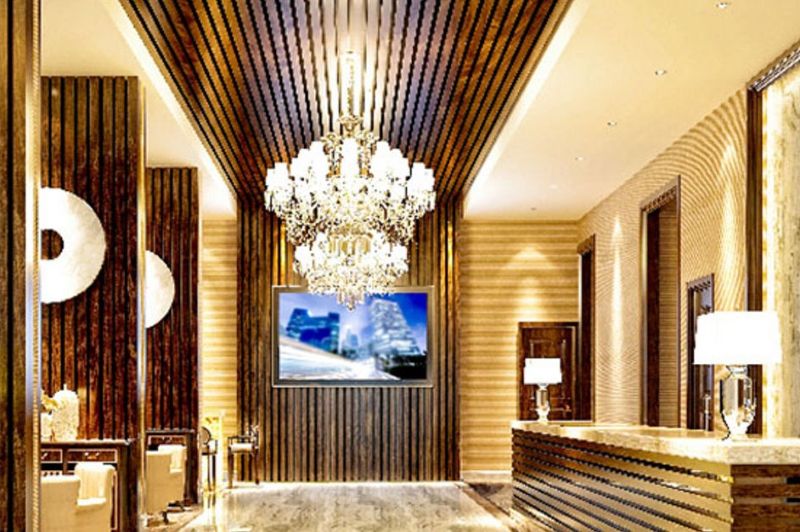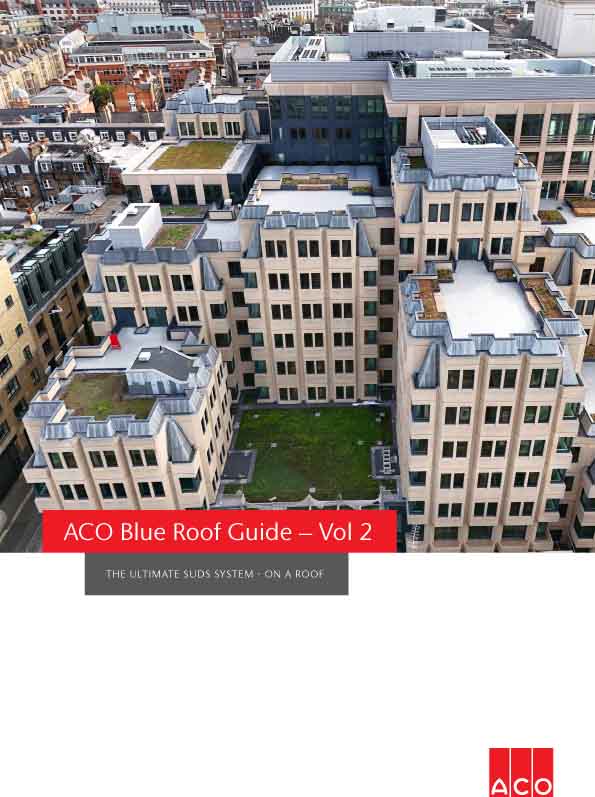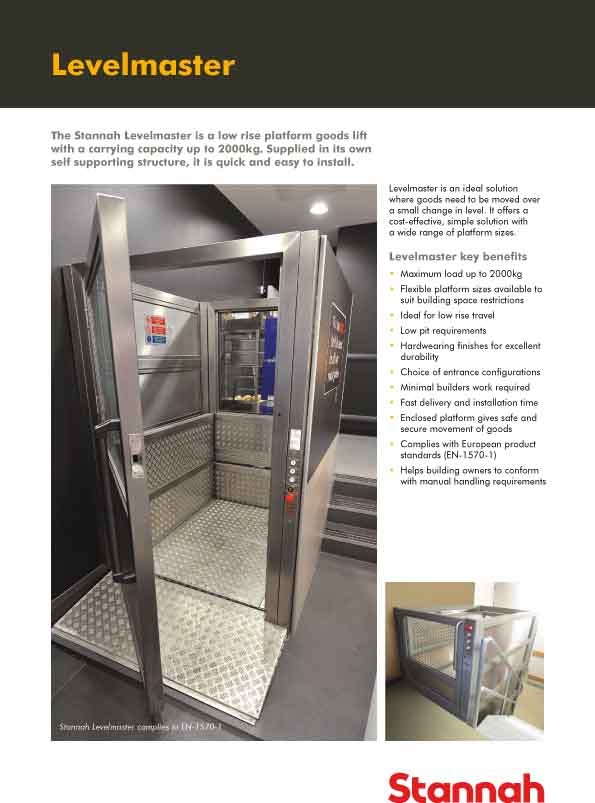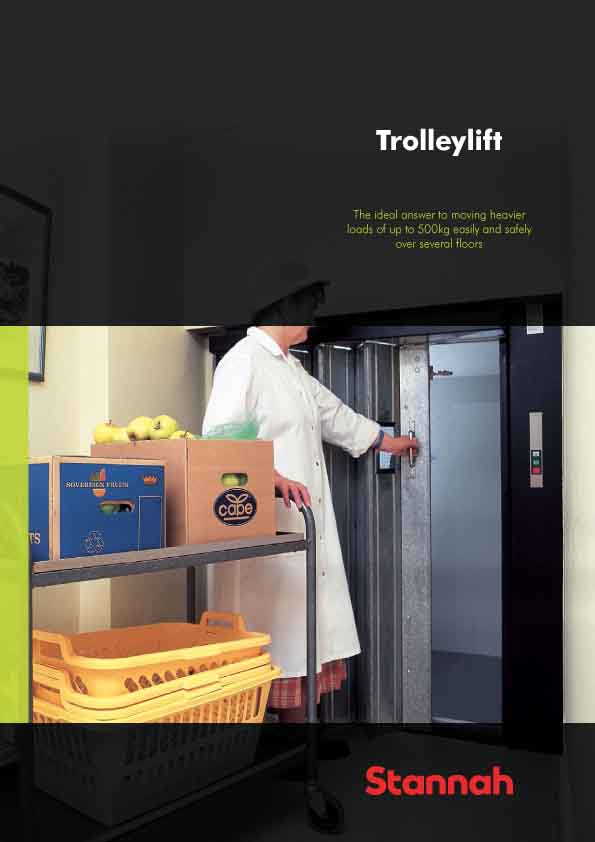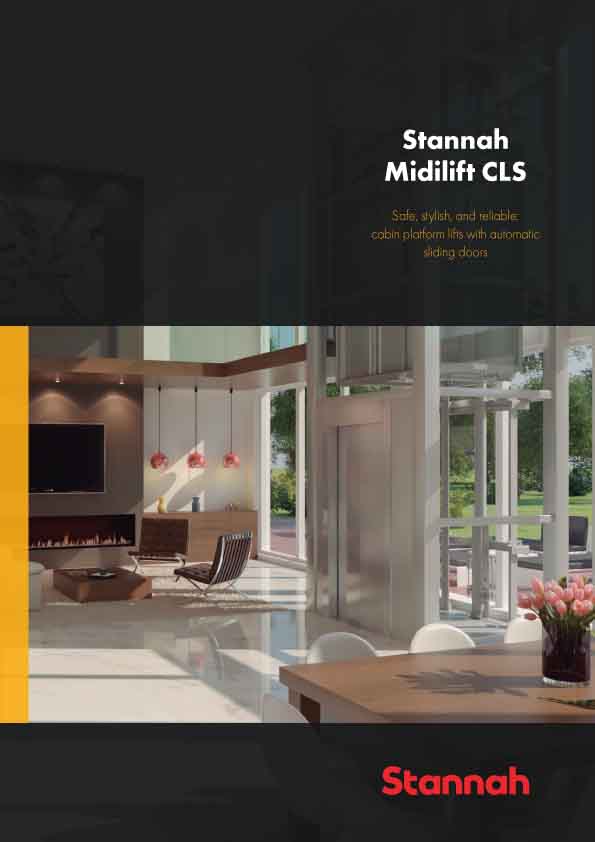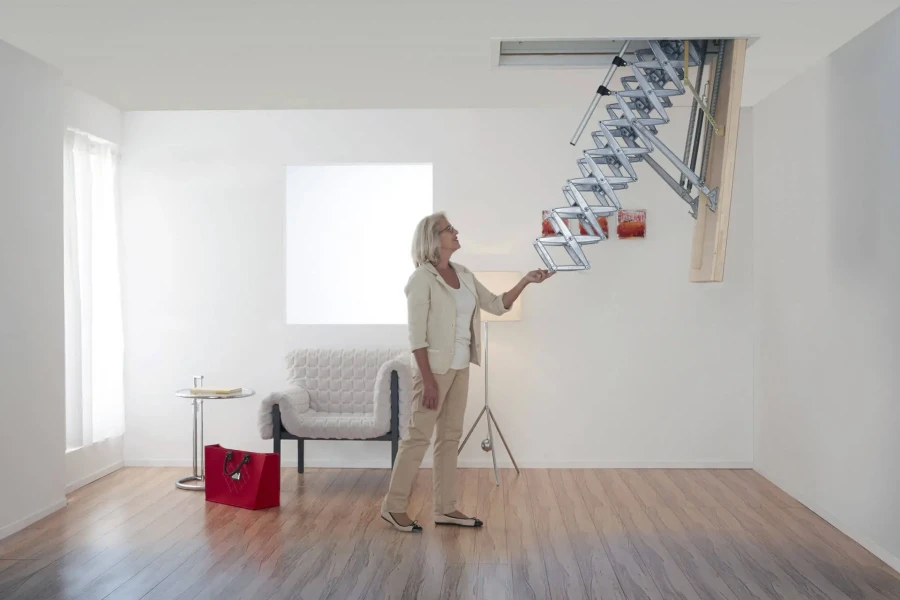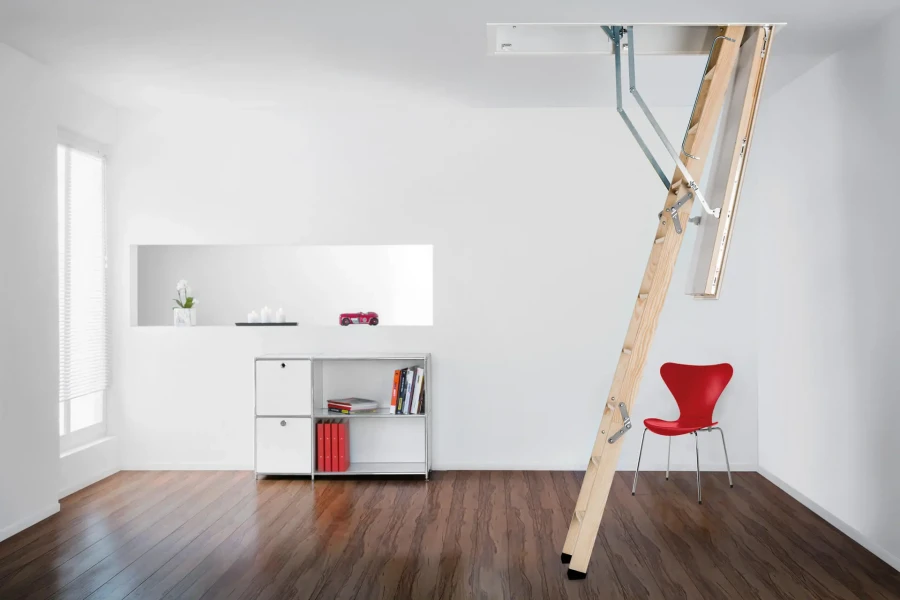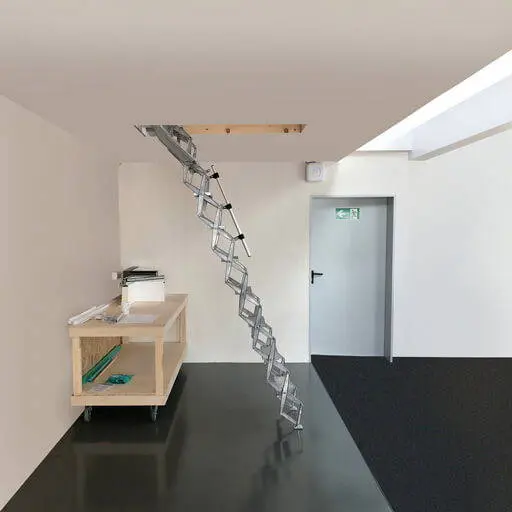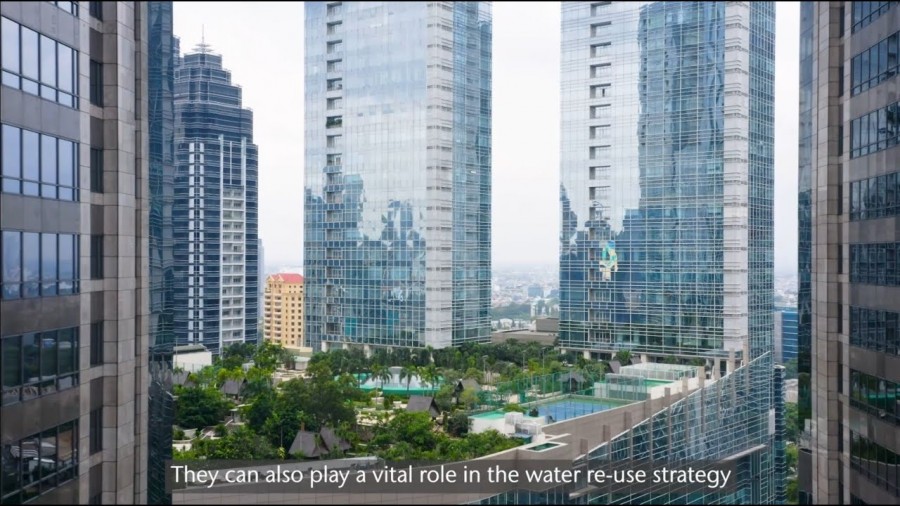Balfour Beatty has
launched the latest of its policy papers:
“25%
by 2025: Streamlined construction - seven steps to offsite and modular
building”.The paper outlines
the following:
- Balfour Beatty’s commitment
to the reduction of work undertaken onsite by 25% by 2025, supporting the
Government’s 2025 strategy for lower cost, lower emissions and faster
delivery
- How Government can work with
the construction industry to modernize and drive change more quickly
- Calls for the construction
industry to share best practice and learn from the manufacturing sector
The new generation
of industrialised construction methods, including offsite and modular building
techniques offers the UK construction industry one of the largest opportunities
available of any sector to transform its model.
Balfour Beatty
recognises that Industrialised construction is the best way to shift 25% of its
current output by 2025 to a solution that can critically improve safety,
radically enhance productivity and quality but also create new expertise with
the potential to be a massive export opportunity.
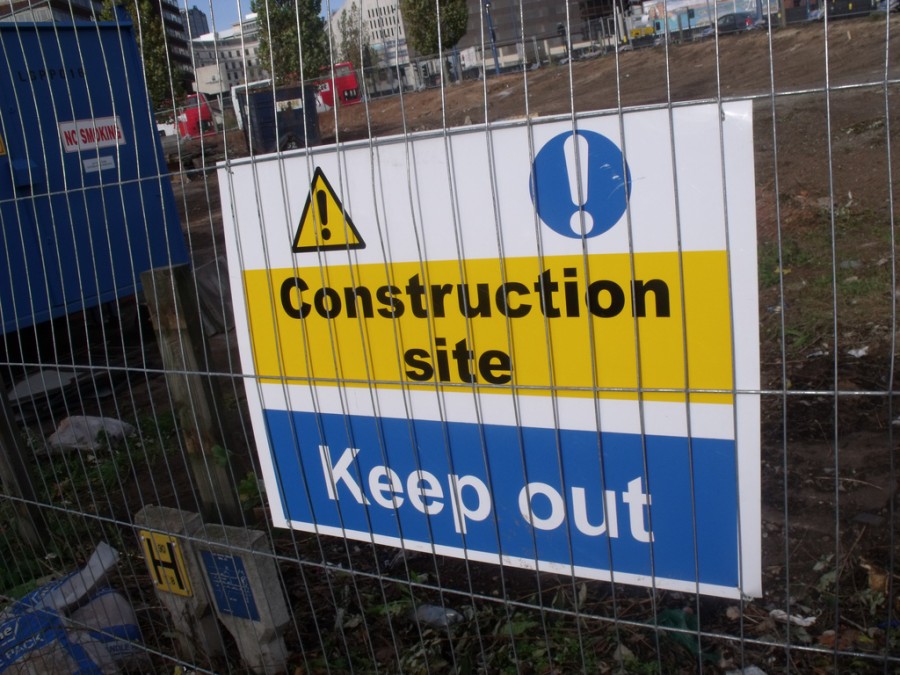
Leo Quinn, Balfour
Beatty Group Chief Executive, said, “On a national level, industrialised
construction would lead to the creation of thousands of jobs across the country
over the next few years – if we invest now.
“For everyone in
construction to reap the rewards of industrialised construction the industry
must increase the pace of change while the public sector and other
infrastructure commissioners need to fund schemes that utilise industrialised
techniques.”
The UK market for panelised modular building systems has performed relatively strongly over the past 3 years or so, according to AMA Research, and is estimated to have grown by 26% between 2014 and 2017.
The main product type is timber frame building systems, which is competing with light gauge steel, precast concrete and other engineered wood-based panels, includingstructural insulated panels (SIPS) and cross laminated timber (CLT) systems.
Estimates for 2018 onwards are for 4% growth per year, until 2020. AMA Research’s definition of the market consists of pre-fabricated, 2-dimensional frames or panels in systems for constructing walls, partitions, roofs and floors, typically supplied to siteas systems in flat-pack format.
Key end use sectors
for panelised modular building systems are private and social housing, apartment blocks,
schools, hotels, healthcare and care facilities and purpose-built student accommodation.
Residential applications account for around 65–75% of the overall market, reflecting the
predominance of timber frame in the building of both private and social housing.
“Over the next few
years to 2022, there are several factors that will underpin a steady ngrowth in this
sector, probably over and above that forecast across the overall construction industry,"
said Keith Taylor, Director of AMA Research.
"These include
an increasing use of Building Information Modelling, and an increasing number of public
sector procurement frameworks.
"More
importantly there is now a strong likelihood of an increase in the use of
volumetric and other types of offsite construction method to help meet the
chronic housing shortage and cope with the lack of traditional construction
skills within the construction industry.”








